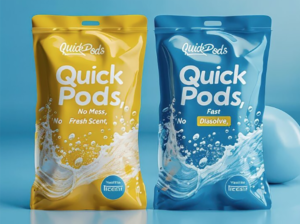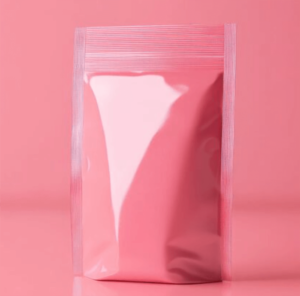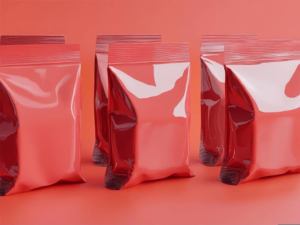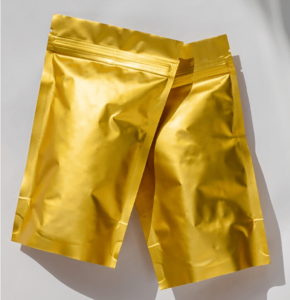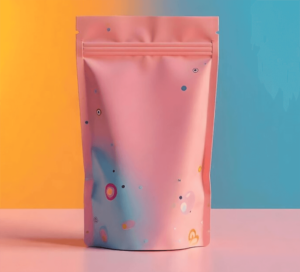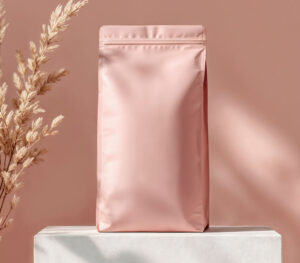Food Industry Applications of Squeeze Pouches: Case Studies and Success Stories?
Tired of messy jars and bulky containers for on-the-go snacks? Traditional packaging often fails busy consumers, leading to inconvenience and product waste. Squeeze pouches offer a modern solution.
Squeeze pouches are flexible containers, typically with a spout, enabling easy dispensing of liquids or semi-solids. In the food industry, they provide unmatched convenience, portion control, and reduced mess for products like baby food, yogurts, sauces, and fruit purees.
As someone working directly in the flexible packaging industry1 at Noupack, I’ve seen a remarkable surge in the popularity of squeeze pouches2. From baby food purees that empower little ones to self-feed, to energy gels for athletes, and even gourmet sauces for home cooks, this packaging format is incredibly versatile. Brand owners constantly ask me about how they can leverage this trend. It’s not just about a novel container; it’s about understanding consumer lifestyles and delivering convenience, freshness, and appeal. The success stories are numerous, and they all point to a packaging solution that meets modern demands head-on. Let’s explore why.
Are Sustainable Squeeze Pouch Solutions Balancing Convenience with Environmental Responsibility?
Love the ease of squeeze pouches but worry about plastic waste? The convenience factor is undeniable, yet environmental concerns can make consumers and brands hesitate. Finding a greener alternative is crucial.
Sustainable solutions include mono-material pouches for easier recycling, lightweight designs reducing plastic use, and incorporating recyclable or tethered spouts/caps. These innovations aim to lessen environmental impact without sacrificing user-friendliness.
The Green Squeeze: Eco-Conscious Pouching
One of the biggest conversations I have with clients, whether they’re looking for films for alcohol pads like Stuart in South Africa, or pouches for snacks, is sustainability. For squeeze pouches, this is particularly relevant because of their single-serve, often on-the-go nature.
The challenge is that squeeze pouches are typically multi-layer structures to provide the necessary barrier properties, and the spout adds another material component. However, innovation is continuous:
- Mono-Material Development: The holy grail is a pouch made entirely or predominantly from a single type of plastic (like Polyethylene – PE, or Polypropylene – PP). This makes the pouch, and potentially the spout if made from the same compatible material, much more readily recyclable in existing streams. We at Noupack are actively exploring these options.
- Recyclable and Tethered Spouts/Caps: Caps and spouts can get lost, becoming litter. Innovations include spouts made from the same material family as the pouch or designs where the cap remains attached (tethered) after opening, improving collection rates for recycling.
- Lightweighting: Reducing the overall amount of plastic used in each pouch, without compromising strength or barrier, is a constant goal. Even small reductions per pouch add up to significant material savings at scale.
- Bio-Based and Compostable Options: While still evolving for high-barrier applications needed for many food products, research into bio-based plastics or compostable materials3 for pouches and spouts continues. Current challenges include cost, barrier performance, and the availability of suitable composting infrastructure.
What Technology Solutions Exist for Efficient Squeeze Pouch Filling and Sealing from Small to Large Scale?
Is manual filling of squeeze pouches slowing you down and causing inconsistencies? As demand grows, inefficient production methods become a bottleneck, increasing labor costs and compromising product quality.
Solutions range from manual/semi-automatic fillers ideal for startups, to inline systems for medium volumes, and fully automated rotary machines for high-speed, large-scale production, ensuring hygiene, accuracy, and strong seals.
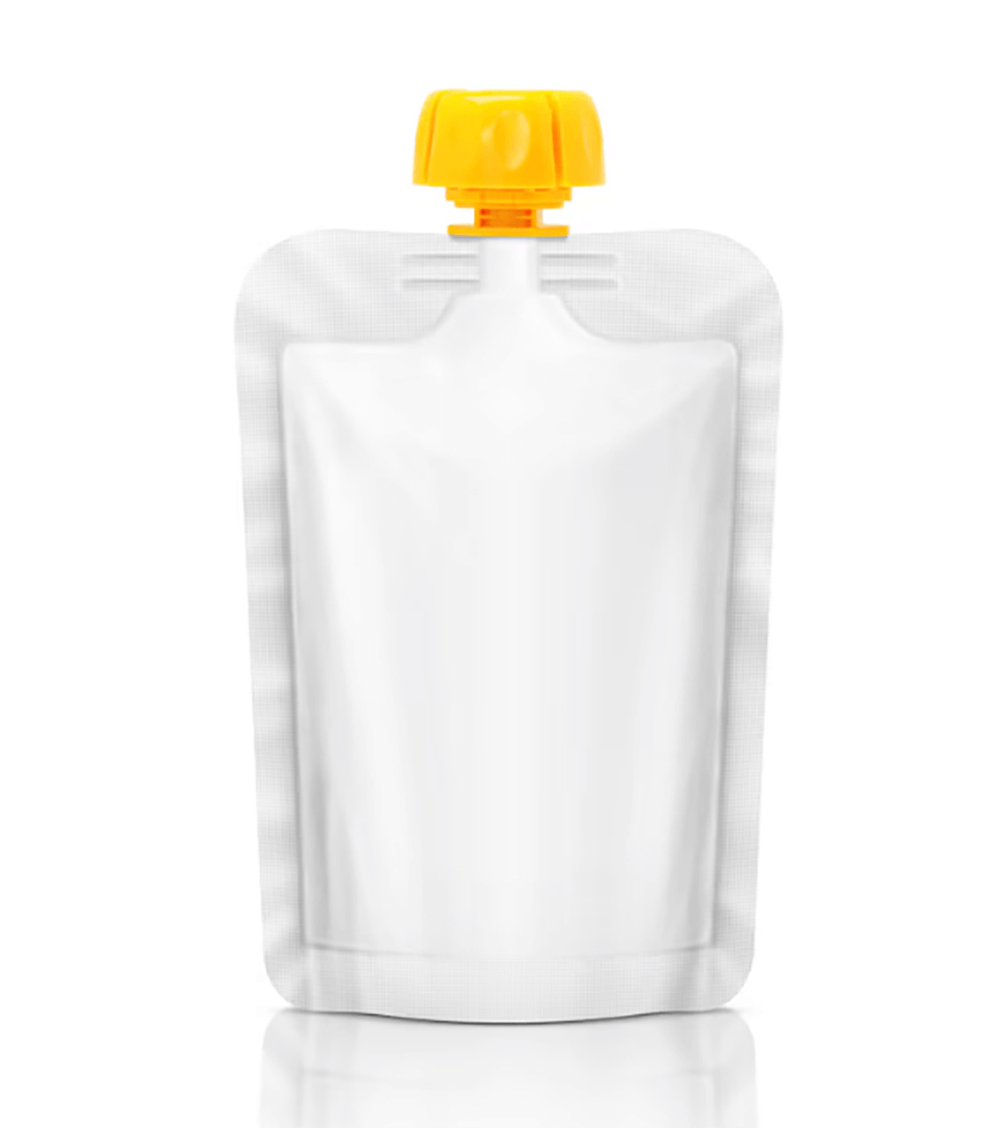
From Start-up to Scale-up: Pouch Production Tech
The technology for filling and sealing squeeze pouches has evolved to cater to businesses of all sizes. At Noupack, while we make the pouches themselves using our 5 bag-making machines, we work closely with clients who then need to fill them. Understanding their filling process helps us optimize pouch design.
- Small Scale / Start-ups:
- Manual Fillers: Simple piston fillers or even funnels for very small batches or recipe testing.
- Semi-Automatic Fillers: Tabletop machines that dose a set volume. Spout insertion and capping might be manual or semi-automatic.
- Tabletop Sealers: For sealing pre-made spouted pouches after filling.
These are cost-effective for market entry but are labor-intensive and have lower output.
- Medium Scale Operations:
- Inline Semi-Automatic Systems: These systems automate more steps, such as pouch feeding, filling, spout cleaning (if needed), capping, and sealing. Operators might still be needed for loading pouches or packing finished goods. Output is significantly higher than manual methods.
- Large Scale / High-Volume Production:
- Fully Automated Rotary Filling and Sealing Machines: These are complex, high-speed machines that handle the entire process: pouch loading from a magazine (or forming from rollstock), spout insertion (if not pre-spouted), precise filling (often with multiple heads), cap sorting and application, sealing, and discharge. They integrate features like Clean-in-Place (CIP) systems, date coding, and quality checks (e.g., seal integrity, correct cap placement). These machines represent a significant investment but offer the lowest per-unit production cost at high volumes.
Key considerations when choosing equipment, regardless of scale, include product viscosity, fill accuracy requirements, hygiene standards (especially for food), changeover times between different products or pouch sizes, and seal integrity.
- Fully Automated Rotary Filling and Sealing Machines: These are complex, high-speed machines that handle the entire process: pouch loading from a magazine (or forming from rollstock), spout insertion (if not pre-spouted), precise filling (often with multiple heads), cap sorting and application, sealing, and discharge. They integrate features like Clean-in-Place (CIP) systems, date coding, and quality checks (e.g., seal integrity, correct cap placement). These machines represent a significant investment but offer the lowest per-unit production cost at high volumes.
| Scale of Operation | Typical Equipment | Pros | Cons |
|---|---|---|---|
| Small/Start-up | Manual fillers, tabletop sealers | Low initial cost, flexible for small batches | Labor-intensive, lower speed, potential inconsistencies |
| Medium | Semi-automatic inline fillers/cappers | Increased speed, better consistency, moderate cost | Higher investment than manual, some labor required |
| Large | Fully automated rotary filling & sealing machines | High speed, high efficiency, lowest per-unit cost | Significant capital investment, less flexible |
How Does Squeeze Pouch Design Influence Consumer Purchasing Decisions and Brand Loyalty?
Is your squeeze pouch just a container, or is it a brand ambassador? A purely functional design might get overlooked on crowded shelves, failing to connect with consumers or build lasting preference.
Appealing graphics, ergonomic shapes making it easy to hold and use, clear communication of benefits (like "organic" or "easy open"), and a perception of quality through materials and spout design all directly impact purchase decisions and foster brand loyalty.
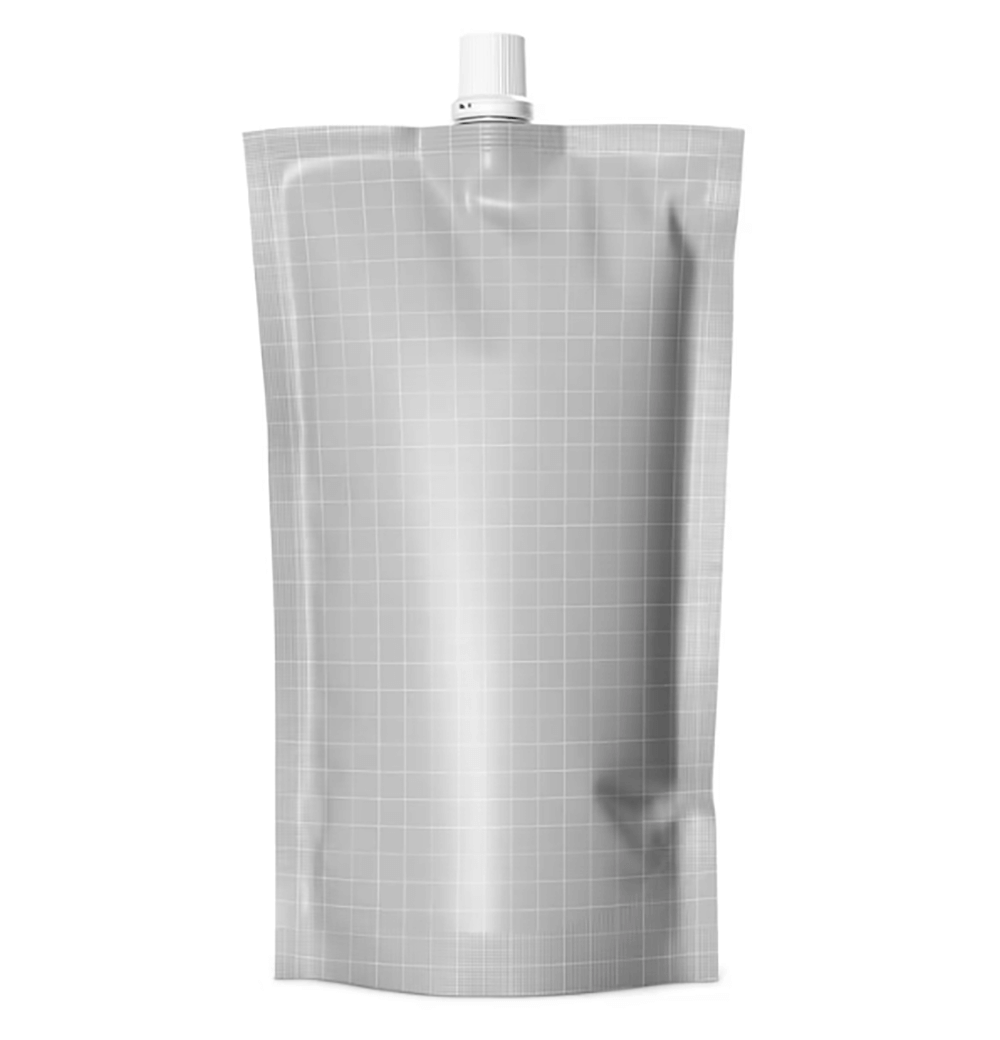
How Are Squeeze Pouch Solutions Expanding Horizons to Cosmetics, Pharmaceuticals, and Industrial Products?
Think squeeze pouches are just for baby food and yogurt? Limiting this versatile packaging to only food applications means missing out on significant opportunities for convenience and efficiency in other sectors.
Cosmetics (lotions, gels), pharmaceuticals (ointments, single-dose medications), and even industrial products (lubricants, sealants) are increasingly adopting squeeze pouches for their portability, precise dosing, hygiene, and ability to protect sensitive contents.
Beyond Food: The Versatility of Squeeze Packaging
While food applications are prominent, the inherent benefits of squeeze pouches are driving their adoption in a surprising range of non-food sectors. We at Noupack can produce flexible packaging for diverse needs, and the underlying material science and manufacturing principles often apply across industries.
- Cosmetics and Personal Care:
- Products: Lotions, creams, gels, shampoos, conditioners, face masks, sunscreens.
- Benefits: Excellent for travel sizes, single-use applications, or multi-use with good product evacuation. Hygienic dispensing. Can be designed with a premium look and feel. Offers good protection against light and oxygen for sensitive formulations.
- Pharmaceuticals and Healthcare:
- Products: Topical ointments, creams, gels, oral liquid medications (unit dose), nutritional supplements.
- Benefits: Precise dosing, tamper-evidence, child-resistant closure options (though more complex for pouches). Protects sensitive active ingredients. Reduces risk of contamination compared to tubs or jars. The need for specific, high-barrier, and safe materials is paramount here, similar to the stringent requirements for Stuart’s alcohol pad wrapping film.
- Household and Industrial Products:
- Products: Lubricants, adhesives, sealants, concentrated detergents, automotive additives, grease.
- Benefits: Controlled and precise application, often reducing mess and waste. Good for products that need to be protected from air or moisture until use. Can be designed for durability in workshop environments.
The common threads are convenience, portion control, product protection, and efficient dispensing. The specific materials and spout designs will vary greatly depending on the chemical nature of the product and the dispensing requirements, but the fundamental advantages of the squeeze pouch format remain attractive.
| Sector | Example Products | Key Benefits in this Sector |
|---|---|---|
| Cosmetics | Lotions, gels, face masks, travel-size shampoos | Portability, hygiene, good product evacuation, premium branding |
| Pharma | Topical creams, ointments, unit-dose oral liquids | Precise dosing, tamper-evidence, protection of active ingredients |
| Household | Concentrated cleaners, DIY products, gardening aids | Controlled dispensing, reduced mess, storage efficiency |
| Industrial | Lubricants, sealants, adhesives, grease | Precise application, product protection, durability |
Conclusion
Customized squeeze pouches play a vital role in modern packaging. Our company, Noupack, is committed to manufacturing even more outstanding squeeze pouch products for our clients worldwide.
-
Stay updated on the latest trends in flexible packaging to enhance your business strategies and product offerings. ↩
-
Discover how squeeze pouches can revolutionize your packaging strategy with their convenience and versatility. ↩
-
Learn about compostable materials and their role in reducing environmental impact in packaging by visiting this resource. ↩

